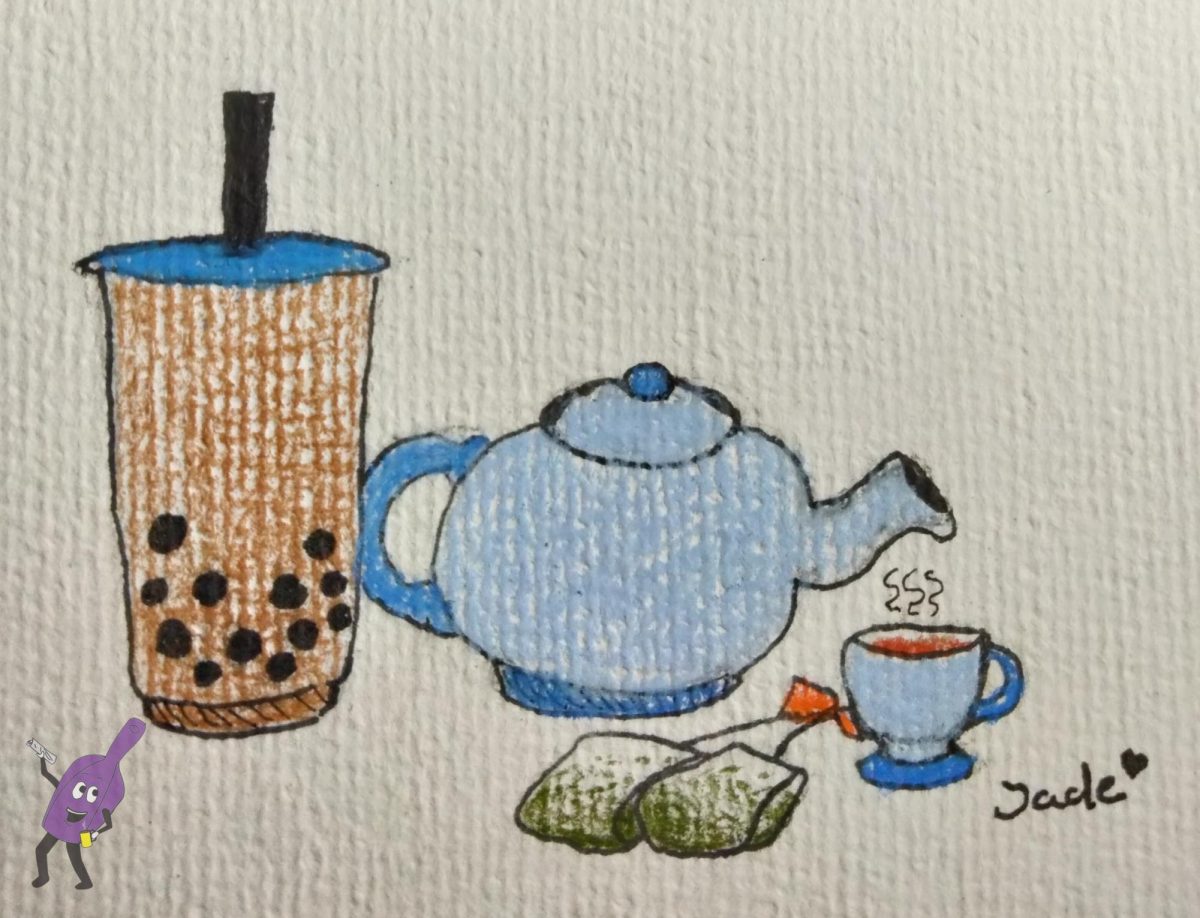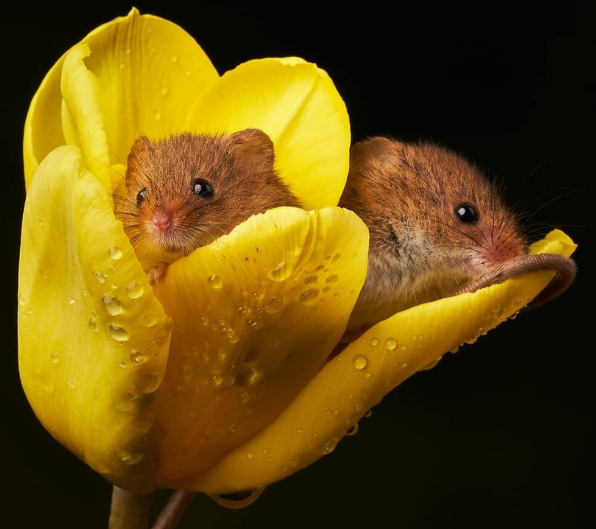Do you find coffee bitter? Perhaps you often find yourself adding an inch of flavored creamer to your morning caffeine boost, or have switched to sweet and fruity energy drinks to get some pep in your step. Maybe that much caffeine in the morning sends your anxiety skyrocketing. If any of this seems to be the case, you may want to consider venturing into the diverse world of tea.
Tea, like coffee, is a beloved beverage throughout the world. It is highly popular in most Asian countries as well as the United Kingdom and has a significant impact on many cultures. According to the Association for Asian Studies, tea is the second most consumed drink on the planet (with water in the obvious first place).
OO tea has a LONG history
Popularity aside, it is easy to ponder the origins of tea. What kind of person looks at some leaves and decides boiling them would be tasty? According to legend, that would be the Chinese emperor Shen Nung.
The Uk Tea & Infusions Association notes the legend that one day Emperor Nung was resting underneath a tree while his servant boiled water for drinking. Suddenly, some leaves fell from the tree and into the hot water; being a famously curious herbalist, the emperor decided to try the concoction. It is believed this took around 2737 BC, and while the story has no real way of being proven true it certainly poses a fun backstory for tea’s origins.
CHAI wonder what tea is?
Tea has a wide variety of flavors, ways to prepare it, and unique sourcings…but what exactly is tea?
First off, not all of the teas we know and love today are considered “true” teas because they do not come from the actual tea plant. All tea that fits under this category stems from the camellia sinensis plant, an old Southern Chinese herb, says ArtfulTea.com. “Camellia sinensis has two main varietals: camellia sinensis var. sinensis, which grows primarily in China and other East Asian countries and has a milder, mellower character, and camellia sinensis var. assamica, which grows primarily in India and is generally heartier and more robust.”
From these origins true tea can then be prepared many different ways, this leads to an array of tea variations. Black tea, green tea, white tea, oolong, pu-erh, and purple tea are all derived from true tea.
In black tea, which is the most well known tea today, the leaves are harvested, wilted, and then lightly crushed. Then with green tea the leaves are picked and immediately steamed or pan fired to avoid oxidation. Other teas from the sinuses plant are similarly picked and dried or cooked in different ways for a contrasting depth of flavor.
Outside of the true tea category are herbal teas which are considered a delicious caffeine free alternative that many enjoy. They are made with other herbs, some that stand alone (like peppermint or chamomile) or blends that contain other dried components like orange peel and lavender. While herbal teas do not stem from the same plant as true teas, they are still accepted into the tea world.
ROOIBOS explore tea’s formats
There are also numerous ways tea can be produced; the most common format is in tea bags. “Tea bags are typically small, porous pouches that contain dried leaves, flowers, or herbs…” (SenchaTeaBar). Bags are also considered the cheapest and easiest way to consume tea, allowing for an easy clean up and can brew a new cup of tea in just a few minutes. Among those who drink tea regularly, bags are a great way to keep things simple.
Expanding further into the tea world, things get a little more complex. Loose leaf teas are just what they sound like: dried and loose mix of herbs ready for purchase. Those who consider themselves tea connoisseurs usually prefer loose leaf tea as the flavors of tea are produced when its herbs expand and bloom in hot water. If they are inside a tight tea bag most herbs will not have enough room to expand and therefore the flavor is dulled. It is also thought that certain bleaching chemicals on specific tea bags or the variety that have small staples in them can affect the flavor of the tea. All that said, while loose leaf tea is thought to be very enjoyable, it is more of a hassle to make as it requires special tea steepers and brews for longer periods of time than bagged tea.
RED TEA to learn about its health benefits?
Interestingly enough, tea is also thought to have countless health benefits from increased heart health to warding off cancer. The National Library of Medicine has looked over and performed many tests regarding tea and its health properties – the results are often positive.
Teas of the camellia sinensis variety have been found to reduce the risk of cancer for many. Regular enjoyers of hot black tea were found with a lower squamous cell carcinoma count meaning they have a significantly reduced possibility of melanoma or skin cancer. This effect was also increased when citrus peel was added to a blend with black tea.
Other cancers have been tested for their response to different teas as well. Green tea and its increased amount of polyphenols (a substance found in plants that gives them their color and is packed with antioxidants) has gained attention for its chemopreventive powers against prostate cancer. In these studies the amount of green tea ingested in a day was found to be significant in its effects. The more tea the test subjects drank per day increased its benefits.
“Tea consumption has been reported to have beneficial effects against several types of cancers. Consumption of green tea was associated with a lower risk of esophageal cancer in a case-control study of esophageal cancer patients in Shanghai…” (National Library of Medicine).
There is much evidence that tea has multiple cancer warding effects and it may be well worth including into your daily routine.
MATCHA thanks for reading
As an antioxidant packed, low caffeine, and diverse beverage tea warrants the love it receives world wide. With this in mind, the next time you sip a calming cup of tea, think of Shen Nung and the camellia sinensis plant that floated its way into both of your cups.





